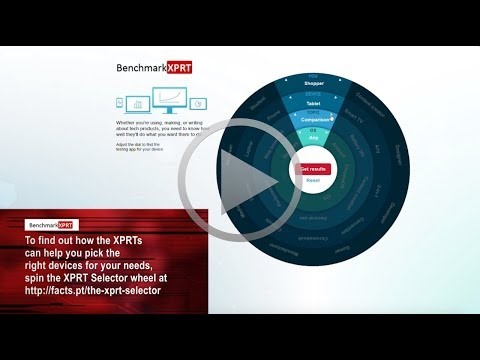We’re in the early planning stages for the next version of MobileXPRT, and invite you to send us any suggestions you may have. What do you like or not like about MobileXPRT? What features would you like to see in a new version?
When we begin work on a new version of any XPRT, one of the first steps we take is to assess the benchmark’s workloads to determine whether they will provide value during the years ahead. This step almost always involves updating test content such as photos and videos to more contemporary file resolutions and sizes, and it can also involve removing workloads or adding completely new scenarios. MobileXPRT currently includes five performance scenarios (Apply Photo Effects, Create Photo Collages, Create Slideshow, Encrypt Personal Content, and Detect Faces to Organize Photos). Should we stick with these five or investigate other use cases? What do you think?
As we did with WebXPRT 3 and the upcoming HDXPRT 4, we’re also planning to update the MobileXPRT UI to improve the look of the benchmark and make it easier to use.
Crucially, we’ll also build the app using the most current Android Studio SDK. Android development has changed significantly since we released MobileXPRT 2015 and apps must now conform to stricter standards that require explicit user permission for many tasks. Navigating these changes shouldn’t be too difficult, but it’s always possible that we’ll encounter unforeseen challenges at some point during the process.
Do you have suggestions for test scenarios that we should consider for MobileXPRT? Are there existing features we should remove? Are there elements of the UI that you find especially useful or have ideas for improving? Please let us know. We want to hear from you and make sure that MobileXPRT continues to meet your needs.
Justin













